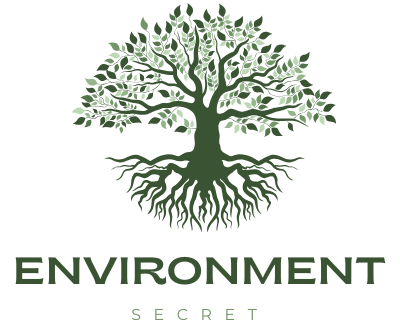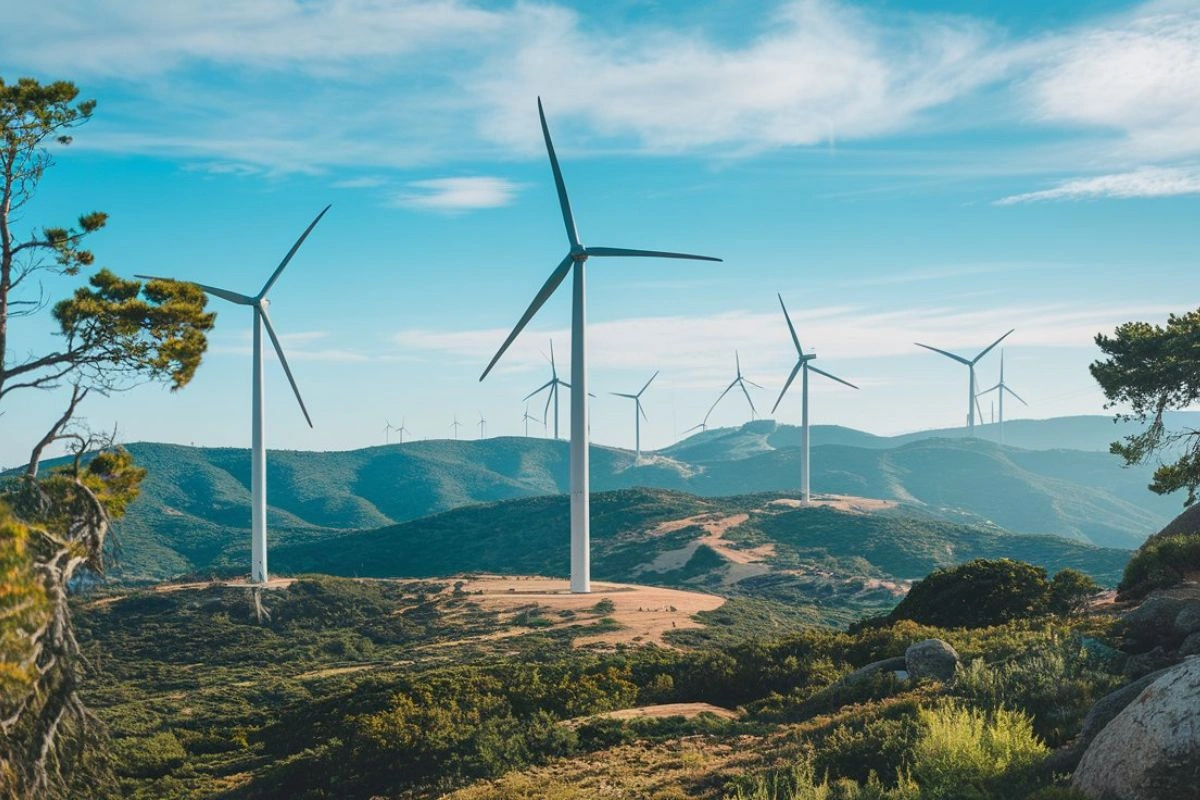Wind energy ranks among the world’s most rapidly expanding renewable energy sources. By converting the kinetic energy of wind into electricity using turbines, this clean and sustainable resource is transforming how we meet energy demands. As concerns about climate change and energy security intensify, wind energy emerges as a pivotal solution for reducing greenhouse gas emissions and fostering environmental sustainability.
What is Wind Energy?
Wind energy refers to the process of harnessing wind’s natural motion to generate mechanical or electrical power. Historically, wind has been used for centuries to sail ships, grind grain, and pump water. Modern wind’s energy relies on advanced technologies, such as wind turbines, to produce electricity that can power homes, businesses, and industries.
The basic principle is straightforward: wind rotates the turbine blades, spinning a shaft connected to a generator. This movement generates electricity, which is either fed into the grid or used locally.
How Wind Energy Works
Wind turbines serve as the foundation of wind energy systems. These tall structures are strategically placed in areas with high wind speeds, such as coastal regions, open plains, and mountain passes. Here’s how they work:
- Wind Blades Capture Energy
The blades of a wind turbine, often made of lightweight and durable materials, are designed to catch the wind. As the wind blows, it sets the blades into motion. - Rotor Spins the Shaft
The blades are linked to a central rotor that spins as they turn, transmitting motion to a shaft within the turbine. - Generator Produces Electricity
The spinning shaft powers a generator, converting the mechanical energy into electricity. - Electricity is Transmitted
The generated electricity is sent through transformers and transmitted via power lines to homes, businesses, or energy storage systems.
Types of Wind Energy Systems
1. Onshore Wind Energy
- Definition: Turbines installed on land in areas with sufficient wind speeds.
- Advantages: Lower installation costs and ease of maintenance.
- Applications: Common in rural areas and open plains.
2. Offshore Wind Energy
- Definition: Turbines installed in bodies of water, usually located on the continental shelf.
- Advantages: Higher and more reliable wind speeds, along with minimal land utilization.
- Challenges: Higher installation and maintenance costs due to marine environments.
3. Distributed Wind Energy
- Definition: Small-scale turbines designed for local use, such as powering a single home or farm.
- Advantages: Reduced reliance on the grid and enhanced energy independence.
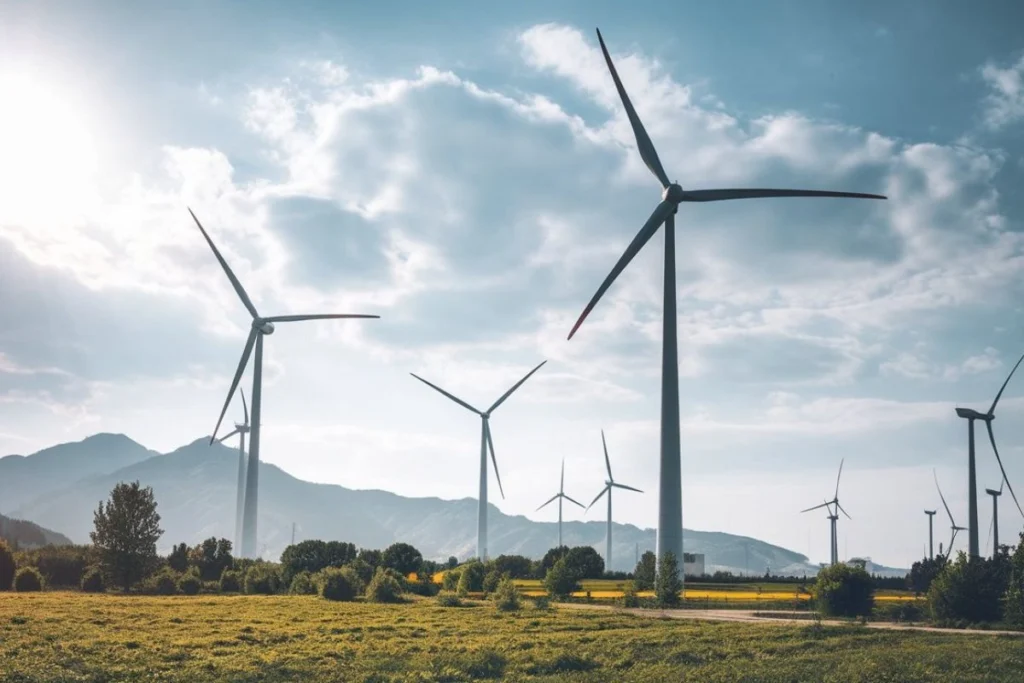
Global Adoption of Wind Energy
The adoption of wind has surged over the past two decades. Countries around the world are investing heavily in wind power to meet renewable energy targets and reduce dependency on fossil fuels.
- Leading Countries:
- China: The world’s largest wind energy producer, with extensive onshore and offshore projects.
- United States: Known for large wind farms in states like Texas, Iowa, and California.
- Germany and Denmark: European leaders in integrating wind energy into the grid.
- Global Capacity: As of recent reports, the global wind energy capacity has exceeded 900 gigawatts (GW), contributing significantly to renewable energy generation.
Advantages of Wind Energy
1. Clean and Renewable
Wind energy generates neither greenhouse gas emissions nor air pollution during operation. It is a plentiful resource, continually renewed by natural atmospheric processes.
2. Cost-Effective
With advances in technology, wind power has become one of the cheapest sources of electricity. The costs of turbines and installations have decreased, making it competitive with fossil fuels.
3. Job Creation
The wind energy sector has created millions of jobs worldwide, from turbine manufacturing to maintenance and operations.
4. Energy Independence
Wind energy reduces reliance on imported fuels, enhancing energy security for countries.
5. Minimal Land Use
Wind farms can operate alongside agricultural activities, enabling the land to serve multiple purposes.
Challenges of Wind Energy
Although wind energy offers numerous advantages, it also comes with several challenges:
1. Intermittency
Wind production depends on wind availability. In areas with inconsistent wind speeds, energy output can fluctuate, necessitating storage solutions or backup systems.
2. High Initial Costs
While operational costs are low, the upfront investment in wind turbines and infrastructure can be significant.
3. Noise and Visual Impact
Wind turbines generate noise and can alter landscapes, leading to opposition in some communities.
4. Impact on Wildlife
Turbines can pose risks to birds and bats. Proper siting and technological innovations, such as bird-safe turbines, aim to mitigate these impacts.
Technological Advancements in Wind Energy
Continuous innovation is driving the wind energy industry forward. Key advancements include:
- Taller Turbines: New designs with larger blades capture more energy from lower wind speeds.
- Floating Offshore Turbines: These allow wind farms to be built in deeper waters, tapping into strong and steady winds.
- Energy Storage Systems: Integration with batteries or hydrogen fuel cells ensures consistent energy supply during calm periods.
- Smart Grids: Improved grid technologies enable better integration of wind power into national and regional energy systems.
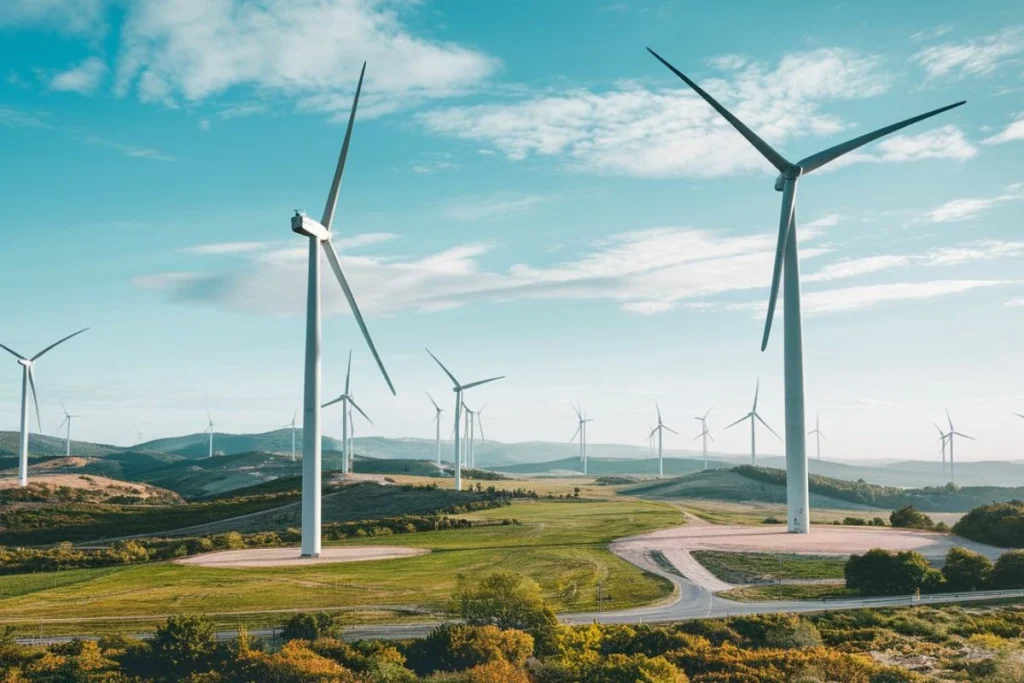
Wind Energy and Environmental Impact
One of wind power’s greatest advantages is its minimal environmental footprint compared to fossil fuels. However, certain considerations are necessary:
Positive Impacts
- Reduction in Greenhouse Gases: Wind significantly cuts carbon emissions, contributing to climate change mitigation.
- Preservation of Water Resources: Unlike thermal power plants, wind turbines do not rely on water for cooling.
Negative Impacts
- Wildlife Risks: Collisions with turbine blades can affect bird and bat populations.
- Land Use Concerns: While wind farms occupy minimal land, they must be sited to avoid disrupting local ecosystems.
Proper planning, environmental assessments, and technological solutions are essential to maximizing benefits while minimizing drawbacks.
Wind Energy in Urban Areas
Urban wind energy is an emerging concept, with small-scale turbines being installed on rooftops and in city parks. These systems aim to harness localized wind resources and support urban sustainability.
- Applications: Powering buildings, streetlights, and electric vehicle charging stations.
- Benefits: Enhances energy resilience and reduces urban carbon footprints.
Future of Wind Energy
The future of wind power is promising, driven by global efforts to achieve net-zero emissions. Key trends shaping the sector include:
- Hybrid Systems: Combining wind energy with solar, hydropower, or storage systems for optimized performance.
- Digitalization: Using AI and IoT to monitor and improve turbine efficiency.
- Policy Support: Governments worldwide are setting ambitious targets for wind energy adoption, supported by subsidies and incentives.
Wind Energy vs. Other Renewable Sources
1. Wind vs. Solar
- Advantages of Wind: Consistent energy output in windy regions, nighttime operation.
- Advantages of Solar: Easily scalable and suitable for small installations.
2. Wind vs. Hydropower
- Advantages of Wind: No need for large water bodies, fewer ecosystem disruptions.
- Advantages of Hydropower: More reliable base-load energy.
Both sources complement each other in achieving a balanced renewable energy mix.
Case Studies of Successful Wind Projects
1. Gansu Wind Farm (China)
The Gansu Wind Farm is the largest onshore wind farm in the world, with a planned capacity of 20 GW. It highlights China’s commitment to renewable energy leadership.
2. Hornsea Project (UK)
The Hornsea Project in the North Sea, the world’s largest offshore wind farm, showcases the immense potential of marine wind energy.
3. Alta Wind Energy Center (USA)
Located in California, this wind farm has a capacity of 1,550 MW, contributing significantly to the state’s renewable energy goals.
Frequently Asked Questions (FAQs) About Wind Energy
Can wind energy completely replace fossil fuels?
While wind power alone may not replace fossil fuels, it can significantly contribute to a diversified and sustainable energy mix.
What happens when there’s no wind?
Energy storage systems and complementary energy sources, such as solar, help bridge gaps during calm periods.
Are wind turbines noisy?
Advancements in turbine design have significantly reduced noise levels, making them less disruptive.
How long do wind turbines last?
Wind turbines typically have a lifespan of 20–25 years, with proper maintenance ensuring optimal performance.
What is the largest wind turbine in the world?
The GE Haliade-X is currently the largest wind turbine, with a capacity of 12–14 MW.
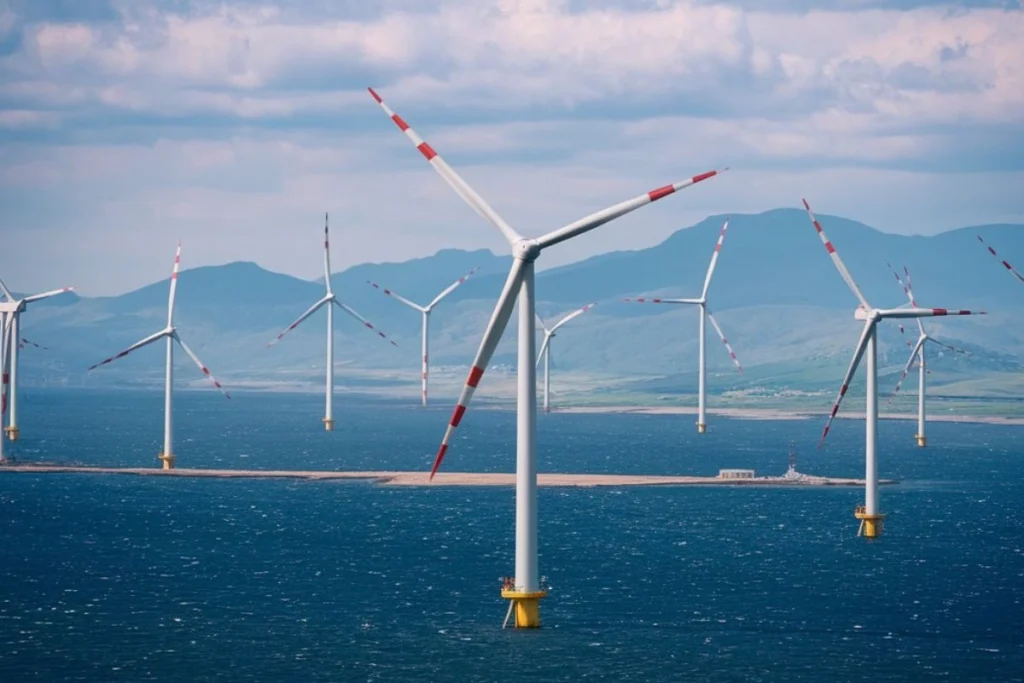
Conclusion
Wind energy is a clean, renewable, and sustainable source of power that plays a crucial role in reducing dependence on fossil fuels and combating climate change. By harnessing the natural power of wind, we can generate electricity without harmful emissions, contributing to a greener and healthier planet.
Modern wind technology has advanced significantly, making wind energy more efficient, cost-effective, and accessible than ever before. Wind farms, whether onshore or offshore, can coexist with other land uses, such as agriculture, maximizing land utility. As a key component of the global transition to renewable energy, wind power has the potential to meet a substantial portion of the world’s energy needs. Investing in wind power is an essential step toward building a sustainable and energy-secure future.
